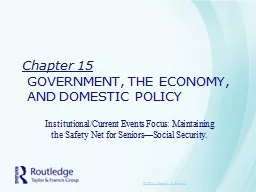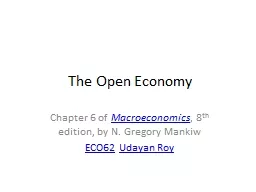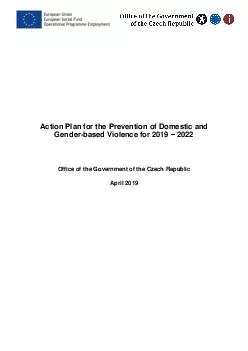PPT-Chapter 15 GOVERNMENT, THE ECONOMY, AND DOMESTIC POLICY
Author : tatiana-dople | Published Date : 2020-04-02
InstitutionalCurrent Events Focus Maintaining the Safety Net for SeniorsSocial Security 2011 Taylor amp Francis Background Social Security established in 1935 Provides
Presentation Embed Code
Download Presentation
Download Presentation The PPT/PDF document " Chapter 15 GOVERNMENT, THE ECONOMY, AND..." is the property of its rightful owner. Permission is granted to download and print the materials on this website for personal, non-commercial use only, and to display it on your personal computer provided you do not modify the materials and that you retain all copyright notices contained in the materials. By downloading content from our website, you accept the terms of this agreement.
Chapter 15 GOVERNMENT, THE ECONOMY, AND DOMESTIC POLICY: Transcript
Download Rules Of Document
" Chapter 15 GOVERNMENT, THE ECONOMY, AND DOMESTIC POLICY"The content belongs to its owner. You may download and print it for personal use, without modification, and keep all copyright notices. By downloading, you agree to these terms.
Related Documents














